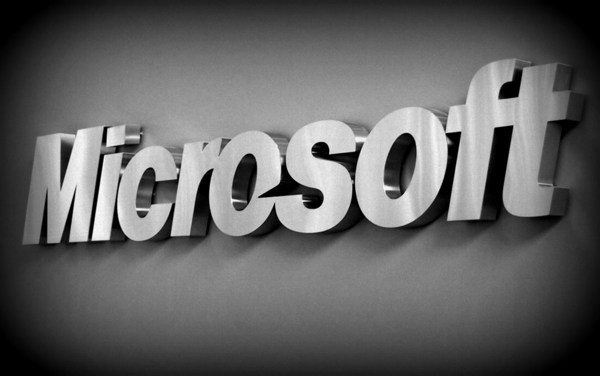Microsoft shared its earnings yesterday for Q4 of fiscal year 2014. Overall, the numbers were solid, although earnings missed Wall Street estimates. The one thing that stands out for me about the earnings, though, is how little bearing those “trends” might have on the future of Microsoft.
Generally speaking, quarterly earnings reports are a reasonable means for predicting where a company is headed–at least over the next couple quarters. The results of the previous quarter are what they are, and company leaders talk about those numbers, and how the company plans to change to improve on the results for future quarters.
The reason that may not work for Microsoft in this case is that the company is in a state of flux. There were a lot of changes and upheaval during fiscal year 2014, but just in the past couple weeks CEO Satya Nadella issued a memo that uproots the established Microsoft culture, and the company announced plans to layoff 18,000 employees. Nadella also told analysts that Microsoft is working toward unifying different platforms on a single version of the Windows OS.
The bottom line: [inlinetweet prefix=”” tweeter=”” suffix=””]Tomorrow’s Microsoft will look very different than yesterday’s[/inlinetweet].
For more, see what I wrote over at TechRepublic: What the Microsoft earnings didn’t reveal.
- Navigating Cybersecurity Complexity - July 18, 2025
- AI Voice Clones and Mobile Phishing: The Cyber Threats You’re Not Ready For - July 11, 2025
- Rethinking Cloud Security for the Evolving Threat Landscape - July 11, 2025




I don’t follow this super closely but it doesn’t seem like Microsoft is making a significant dent in the tablet and smart phone market. That is where much of the OS market is growing rather than laptops and desktops. If they can get the surface and their mobile OS to catch on then I think they’ve got a good shot at continued growth. It would be interesting to see how much desktop/laptop OS and enterprise software counts towards their revenue and profit considering how much they completely dominate those markets. While those devices aren’t poised for much if any growth I’d imagine they’re responsible for the lion’s share of revenue and profits.